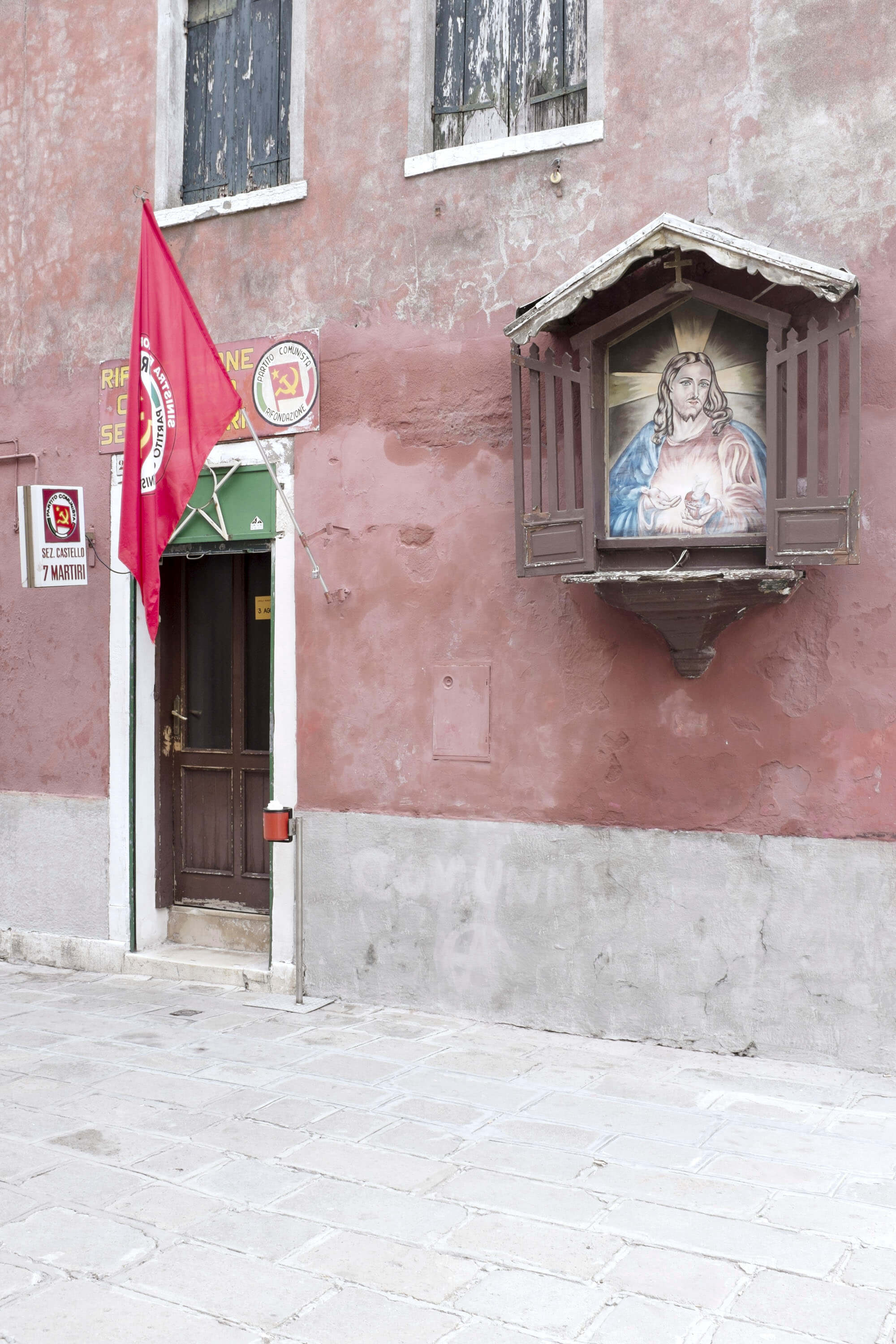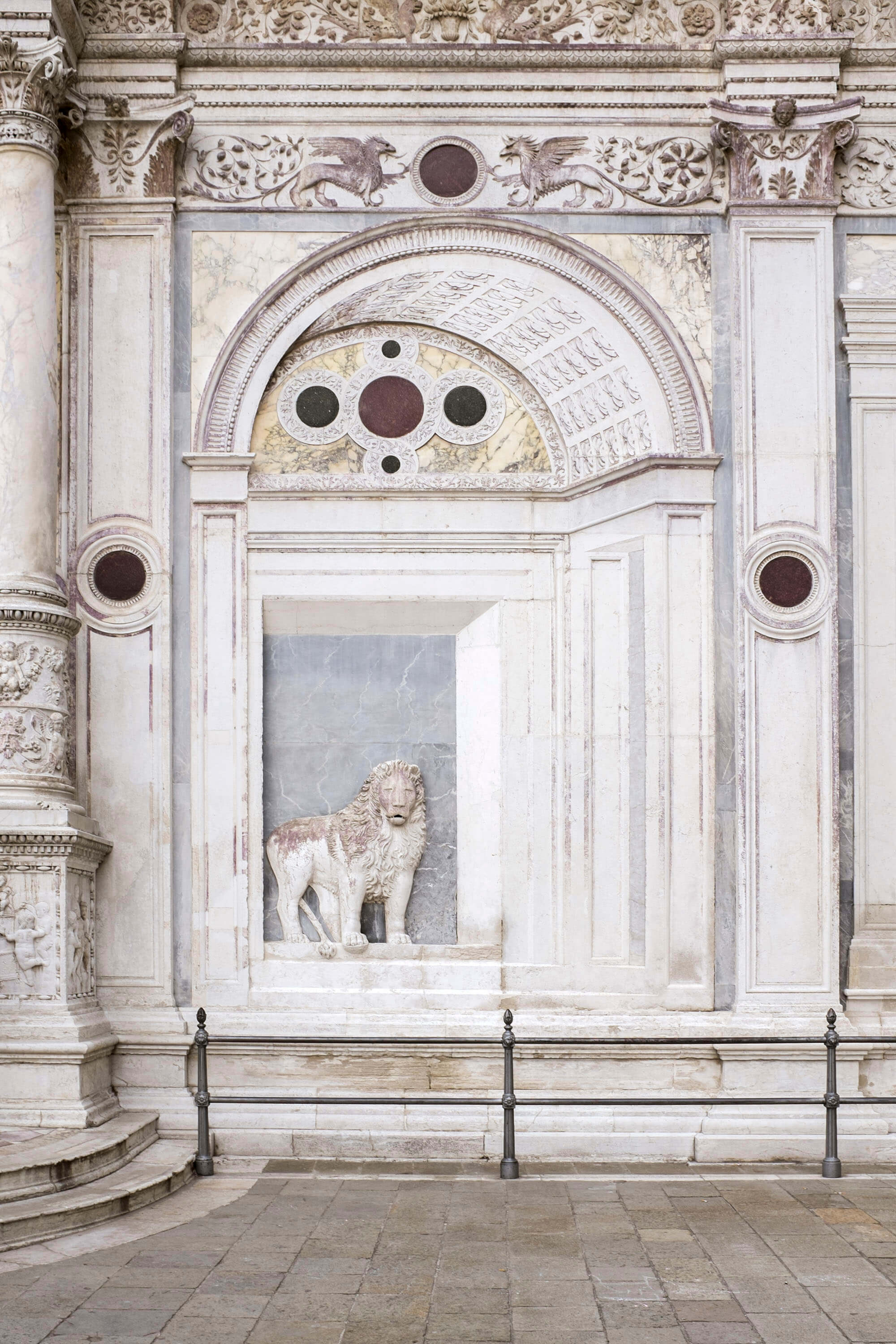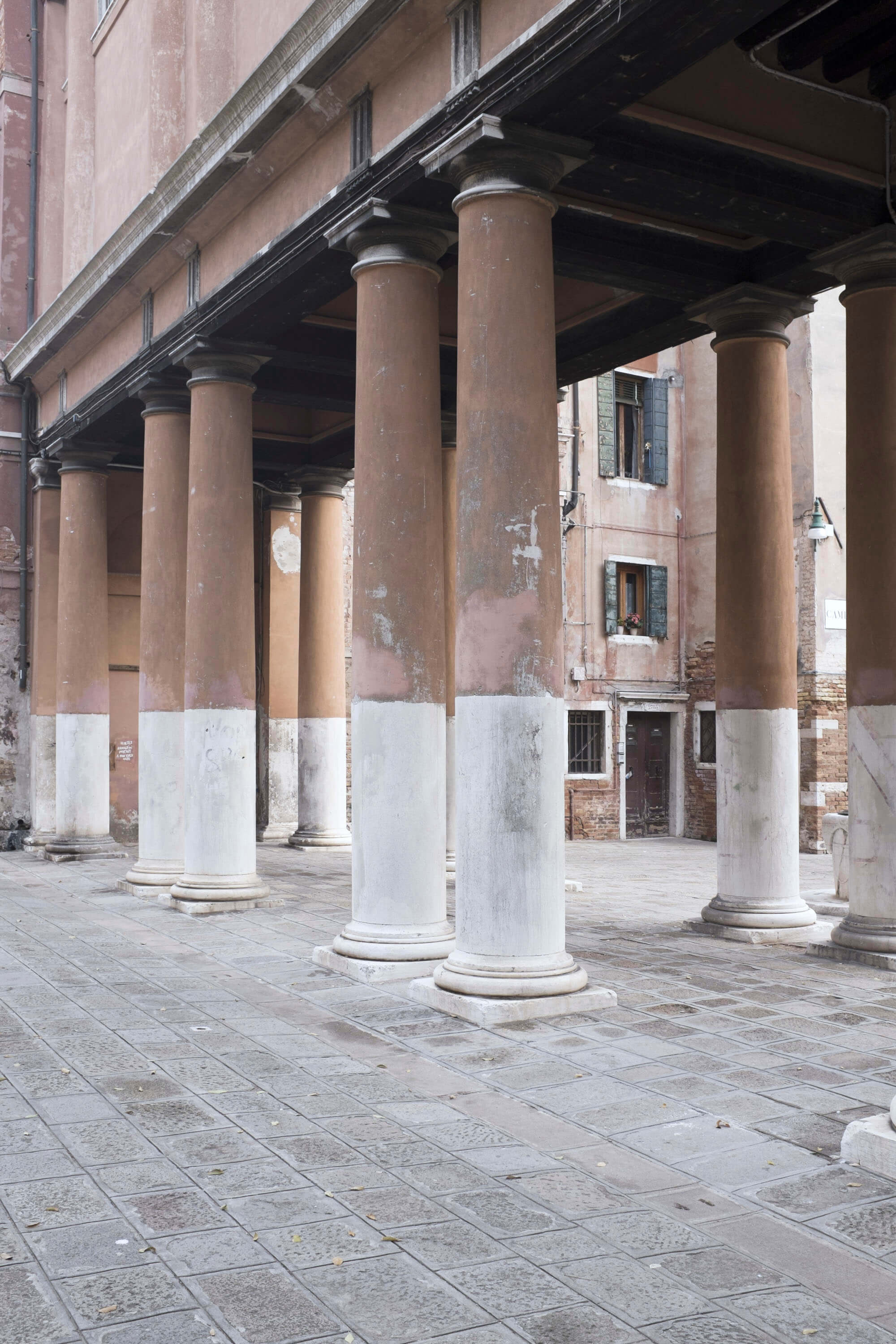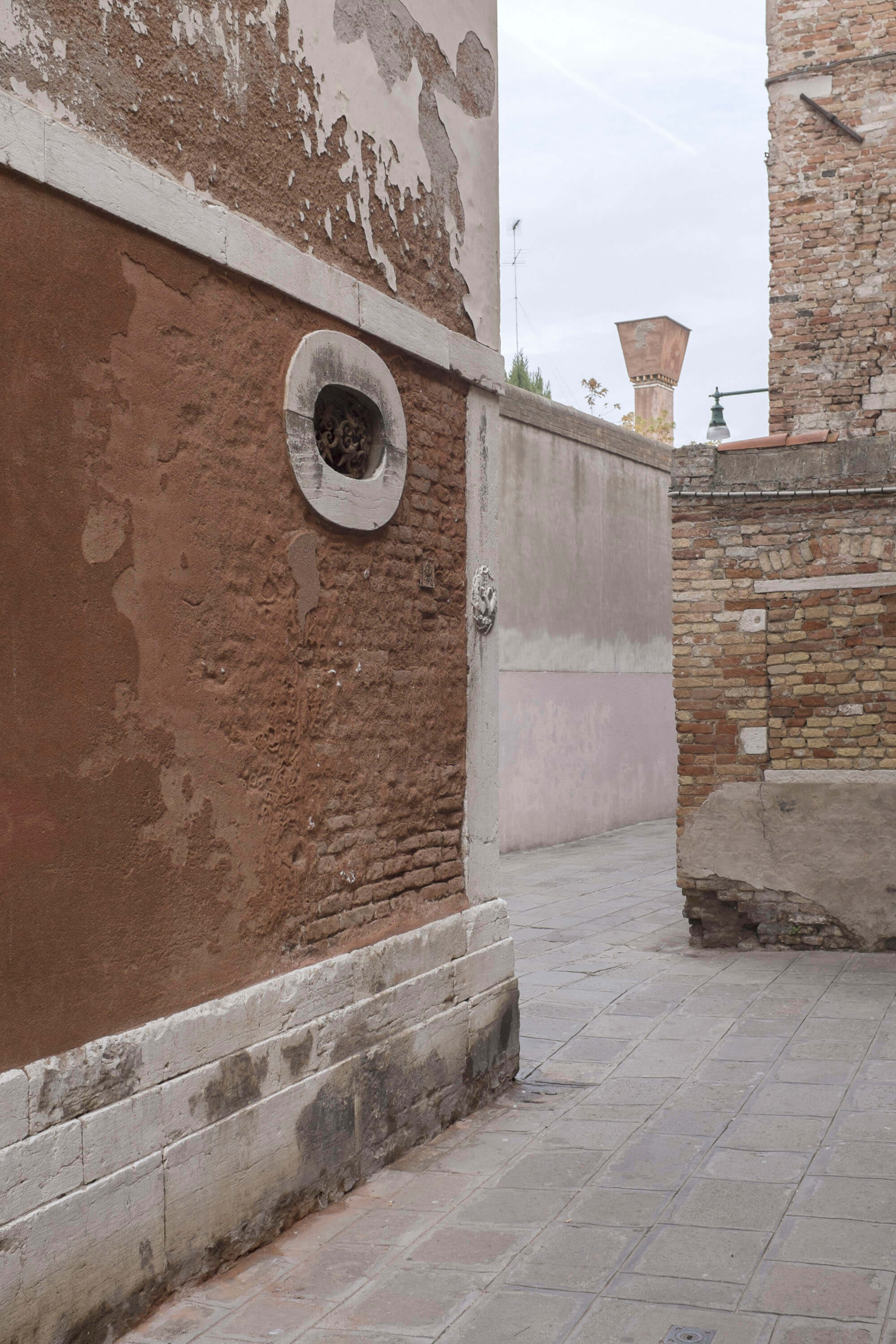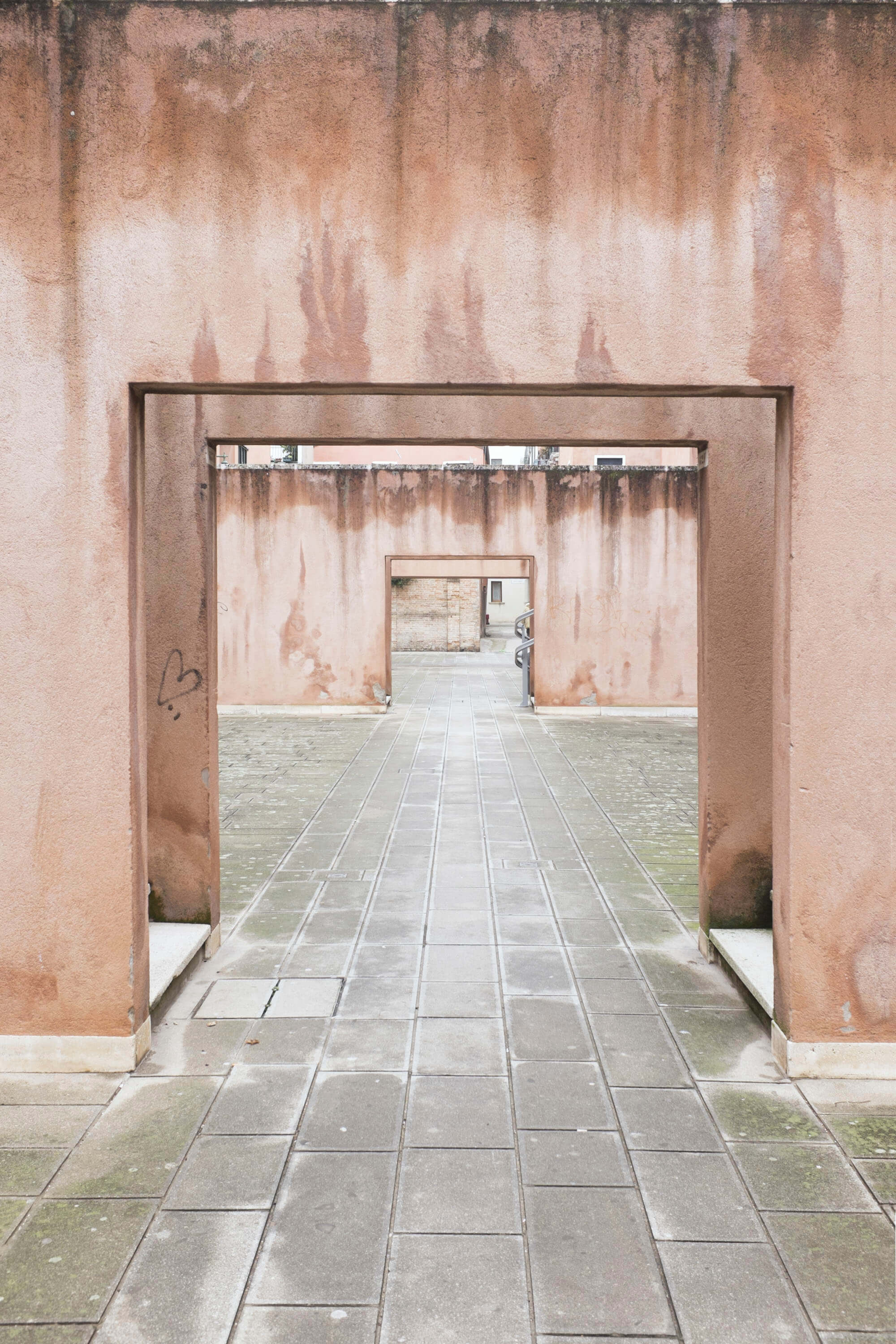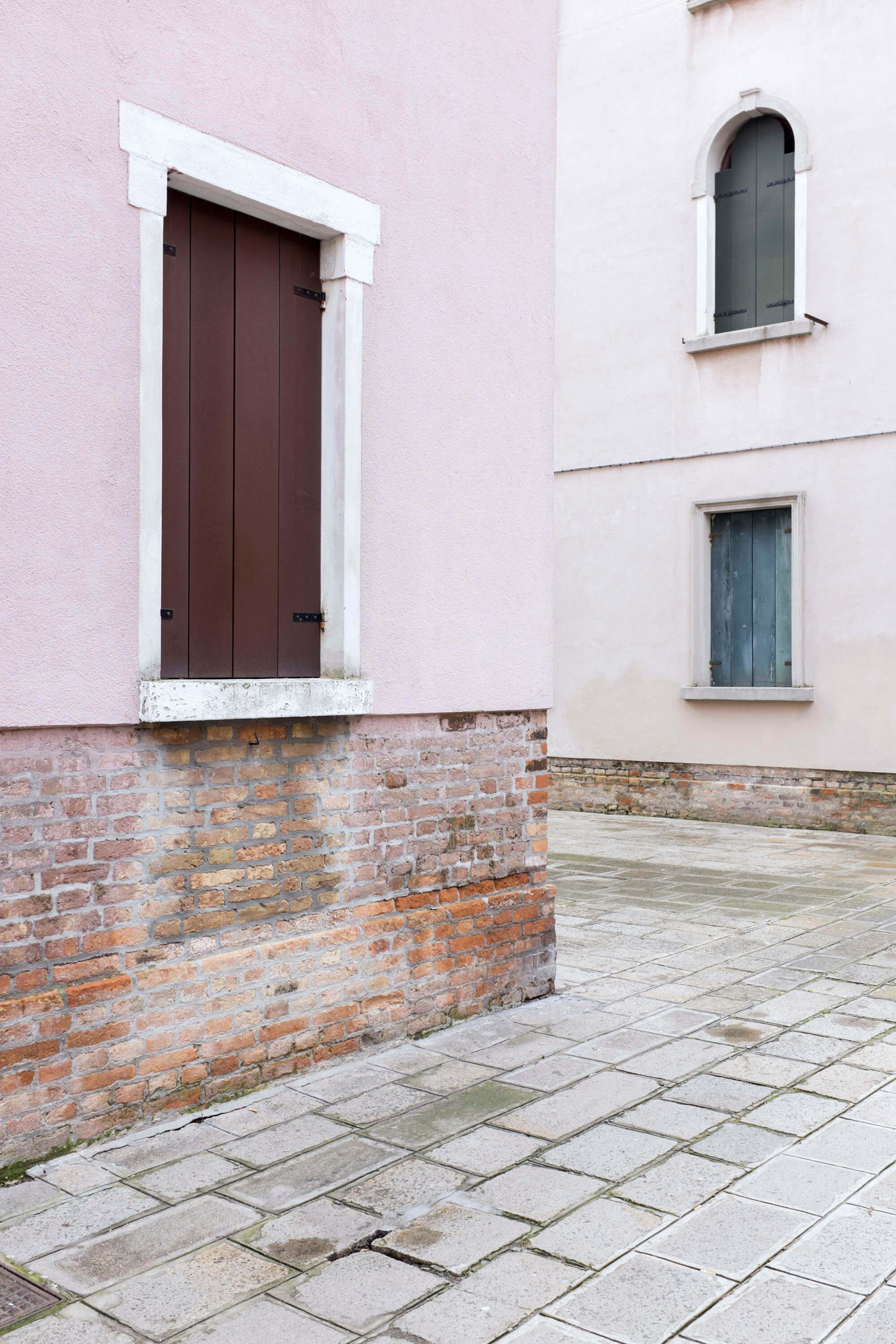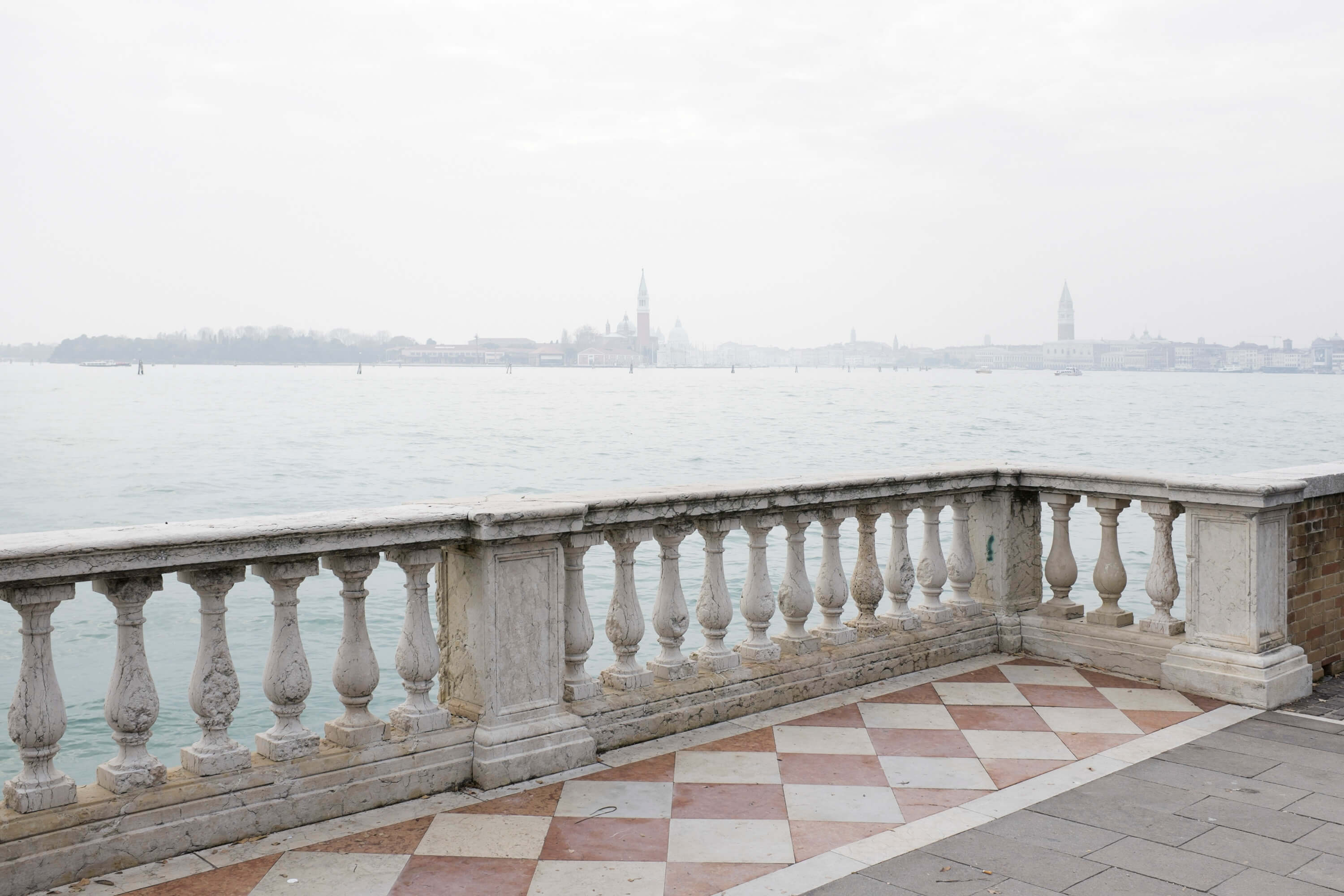
The candelabras in the basilica of San Francesco in Assisi are the work of Venetian cristallai, rock crystal artists not to be confused with glassmakers. Rock crystal is a colourless variety of quartz, known as hyaline. In the first half of the millennium, Venetian craftsmanship made a name for itself all over the known world; working rock crystal is just one of the manifestations of the osmosis between the island and the Far East, a trade network which then blossomed at the height of the Republic. Exchanges that “blossom”.
How can exchanges “blossom”? The shortest answer is: through travel. And when speaking of Venice and travelling, you can’t ignore the Travels of Marco Polo, who devoted his life to the elsewhere, coexisting for decades alongside radically different flora, fauna and humankind from that of Venice. The result was a book. As the years went by, Marco Polo’s tale started to thin into legend.
However, books pass from hand to hand. Ridiculed in his homeland, thanks to Thibauld de Cepoy, ambassador in Venice, Marco Polo’s tale broke the confines of La Serenissima to arrive in France, and from there all over Europe and the East; planispheres started to follow the curve of Marco Polo’s memories, the earth expanded into Fra Mauro’s map and Christopher Columbus left for the Indies. The Indies would be called America, their flora, fauna and population would be completely altered for ever. Five centuries later, a spaceship propelled by many American hydrocarbons would unleash a lunar module onto the surface of the earth’s only satellite: Apollo 14 would land just north of the Fra Mauro crater, between the Mare Cognitum and the Mare Insularum.
Like many hydrocarbons, diamonds are born from the desperate pressure of the soil: it is pure, crystallized carbon. The same carbon that heats the air, melts the ice and slides on Venice’s sea defences; the same carbon expired by the barefaced directors of Consorzio Venezia Nuova, the “entity implementing activities to safeguard Venice [through] environmental defence”; the same carbon that binds any form of organic matter. We can’t see all of a diamond’s faces at the same time, it’s a leap of faith: we believe in the idea of diamond without being able to experience it with our senses.
I live Venice in a permanent leap of faith. Every step I take, for years, has been accompanied by the certainty that I will not fully understand it; every look I take is a waste, because it implies all those Venices I’m not looking at in that moment. As if in another place, while going onto some bridge, an ideal glimpse of Venice would appear, the replicated marble that is the very basis of Venetianness. Over the years, Venice has helped me to fully understand that there can be nothing to fully understand.
Now, as I map it, I’m going in search of its origins, the combination of its elements. Venice was born from the fear of those fleeing from certain death and the arrogance of those who rooted their freedom on slippery, unstable ground, eroded by the water. The water which in Venice is time, as Brodsky would write. Then we find ourselves in 2018, projecting its end as far away as possible, dulled by the same magical thought that convinces us of the immortality of those close to us.
Diamonds are forever. The candelabras in the basilica of Saint Francis in Assisi are the work of Venetian cristallai, rock crystal artists not to be confused with glassmakers. Then there was the 1997 earthquake, the desperate pressure of the soil. But the basilica was rebuilt, it almost looks the same.
Things you discover: Saint Mark’s Square was a vegetable garden. Or: if Watermark exists, it’s thanks to the invitation from Consorzio Venezia Nuova. Adelphi thanks “Consorzio Venezia Nuova for enabling this reviewed and extended edition of Brodsky’s text”; Consorzio Venezia Nuova is the direct continuation of the Republic’s millenniary care for the lagoon, the secularization of the Marriage of the Sea.
“We wed thee, sea, as a sign of true and everlasting domination.”
As time goes by, the Venetians are losing their roots; today they almost seem the same.
And so begins the Marco Polo by another Russian, Viktor Shklovsky: “The fugitives built houses similar to seabirds’ nests, they defended themselves from the waves with refuges of sand and faggots. So Venice was born. The sea came in and went out, leaving a salty trace and here they began to extract the salt, by making the seawater evaporate” (own translation). Then the salt and timber trade began, and with this a trade network that then blossomed at the height of the Republic, exchanges that blossomed through travel.
